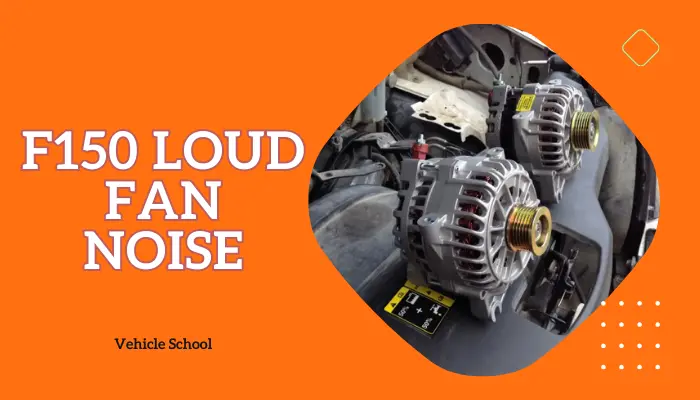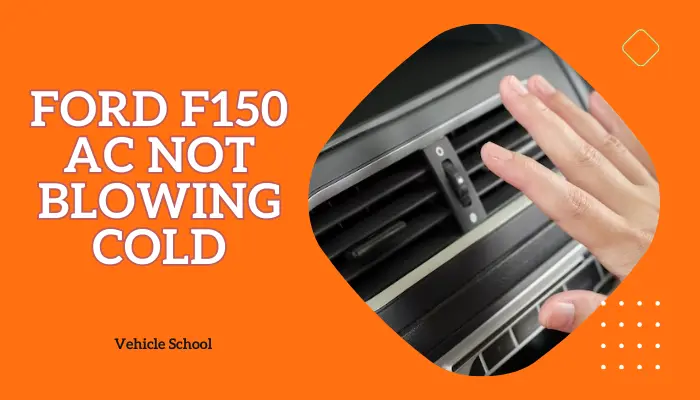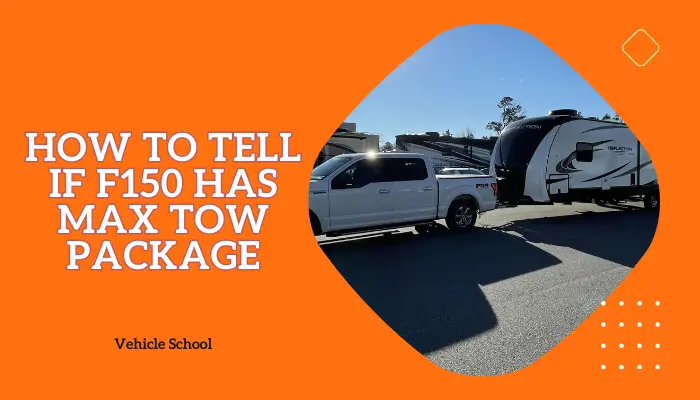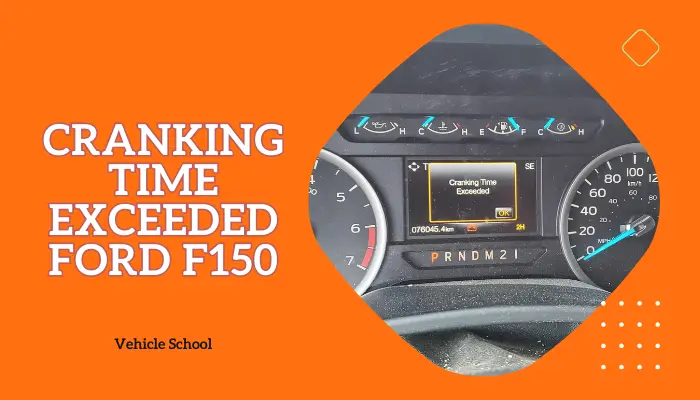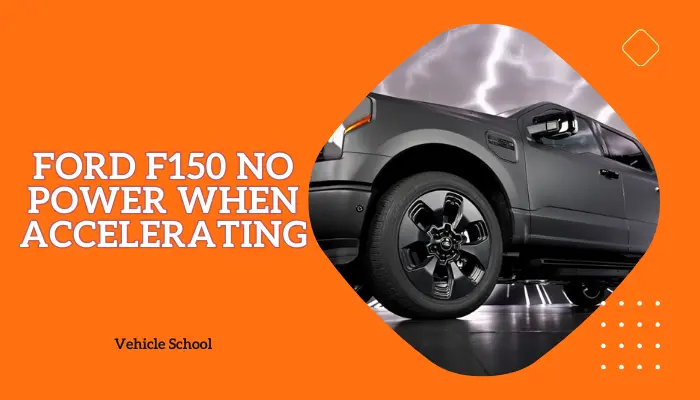You know that feeling when you’re driving along, minding your own business, and then your F-150’s 4WD starts slipping and sliding?
That’s a huge safety risk, and it’s the last thing you want to happen to you. And I’ll make sure you can stay safe with this quick Ford F150 4×4 troubleshooting guide.
Let’s get started.
Ford F150 4-Wheel Drive Problems And Troubleshooting Tips
I’ve seen a slew of complaints about Ford F150 4-wheel drive problems such as difficulty engaging, disengaging, or encountering misleading mode indications.
Here’s a rundown of these common problems and tips on how to deal with them.
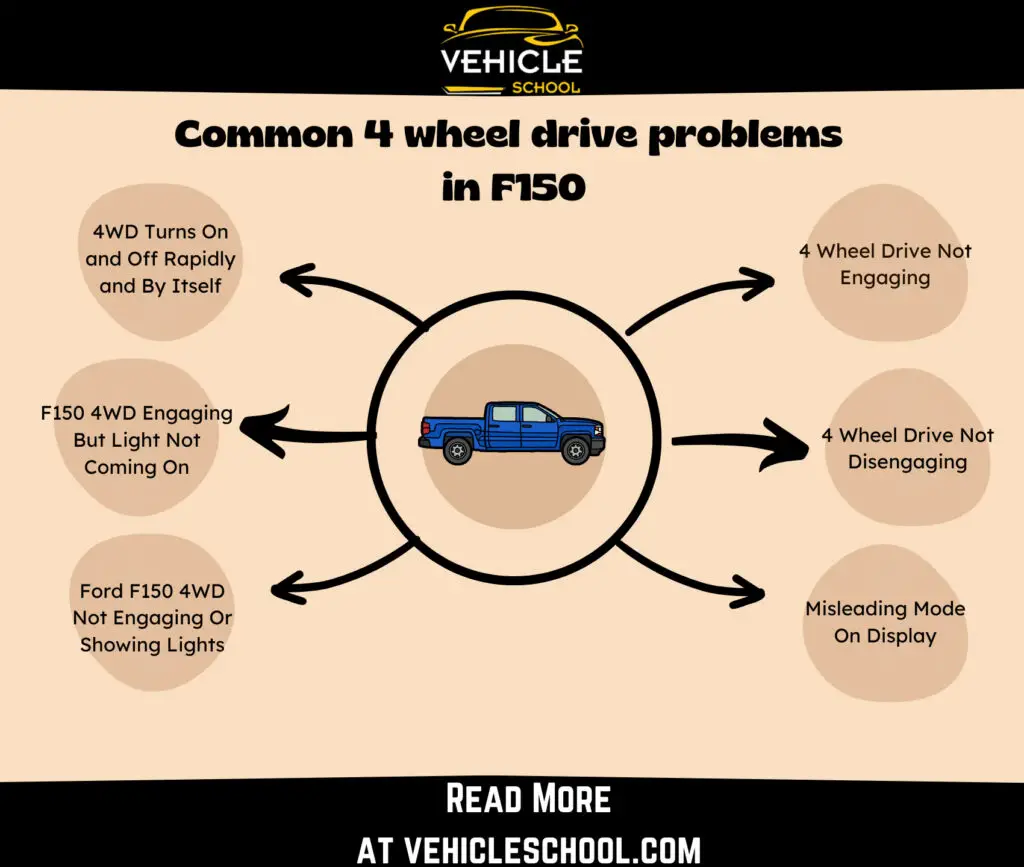
1. 4 Wheel Drive Not Engaging
When your 4WD fails to engage, you’ll constantly keep getting “Shift Delayed – Pull Forward” and sometimes even a red wrench showing “Check 4×4”.
Numerous factors make it harder to engage 4WD smoothly. For instance, a faulty vacuum system prevents the front hubs from locking as intended.
Blown fuses could disrupt the power supply, causing the transfer case motor to stall while in 2WD mode. Faulty solenoids can keep the hubs unlocked, rendering the 4WD system inactive.
Lastly, a busted transfer case motor, which physically executes the shift, can also keep you in 2WD. If this is the case, you won’t even hear any noises.
To solve this issue, you’ve got to replace all the parts mentioned after diagnosing them one by one. As for the fuses, you can pop your hood and check on Fuses #20, #29, #54 and #68 – that should apply to F150s from 2009 to 2014 and potentially newer models.
2. 4 Wheel Drive Not Disengaging
This could be because the shift relay or the cab 4×4 selector switch isn’t working right. Even having different tires or tires that are worn out can mess things up by putting stress on the transfer case.
Plus, if the vacuum solenoid or the lines that control it have issues, or if the hub actuator is busted, your front wheels might stay engaged when they shouldn’t. The same happens when there’s a leak in the vacuum system.
You might notice it’s hard to switch drive modes, weird noises, or just a feeling like you’re always in 4-wheel drive mode.
To solve this, try backing up a bit first. If that doesn’t do the trick, peek under the hood and tinker with the shift relays or swap out the 4×4 selector switch. Check your tires and make sure they’re all in good shape and pumped up right. It might also be the vacuum solenoid or lines – which you’ll need to replace or patch up. In the worst case, you might need to replace the hub actuator.
You can read my full guide on why Ford F150 4 wheel drive not disengaging for step-by-step solutions.
3. Misleading Mode On Display
Some Ford F-150 trucks have trouble switching back from 4WD to 2WD, even though the dashboard says they did.
This messes with handling, especially during turns. It’s a mix of mechanical issues and glitches.
In the cold, parts like the Integrated Wheel Ends (IWEs) struggle to keep the front wheels engaged. Meanwhile, electronic parts like the Transfer Case Control Module (TCCM) send wrong signals, keeping the truck stuck in four-wheel drive.
Plus, internal damage makes it worse by stopping proper mode switching. Such an issue is very common with 2015–2018 F150s.
To solve this, you can try starting with a KAM reset. This reset could fix electronic issues with the transfer case. If that doesn’t work, replacing faulty components like the TCCM or the IWEs solenoid might help. But if it’s still not working right, it’s probably best to consult a professional and consider replacing the transfer case itself, especially if there’s serious internal damage.
4. 4WD Turns On and Off Rapidly and By Itself
Some Ford F150s with electronic 4WD systems have an odd problem: the 4WD can turn on and off by itself, making the 4×4 light flash and the switch click repeatedly.
Sometimes, this might stop when the truck is in park or neutral, which likely indicates ford f150 transmission problems.
It could be due to a glitch in the shift motor or its sensor in the transfer case, possibly caused by water ingress, particularly in freezing temperatures.
Another possibility is a faulty switch on the dashboard, causing intermittent signals to the 4WD system.
To fix the issue, check the shift motor for water damage or wear and replace it if needed. Also, inspect the dashboard switch for any problems and replace it if there are intermittent shorts or malfunctions. These steps should help resolve the problem and get the 4WD system back to normal.
5. F150 4WD Engaging But Light Not Coming On
If your 4WD kicks in but the indicator light stays dark, it’s usually because of a problem with the solenoid.
It transforms electrical signals into mechanical action and might be having issues due to stuff like rust, coil damage, or gunk.
This messes with the hydraulic pressure needed to engage the 4WD, leaving the light out of the loop even though everything else is working.
Plus, if the motor switch is bad or there are electrical glitches, they can add to the confusion and keep the light from shining.
Just replacing your solenoid should fix this.
6. Ford F150 4WD Not Engaging Or Showing Lights
When your 4WD system won’t engage and the indicator lights refuse to turn on, it’s likely due to issues in the transfer case assembly.
This part is vital for distributing torque between drive axles for 4WD operation.
Problems like worn gear teeth, seized bearings, or damaged seals can mess up its smooth functioning.
This issue needs a more complicated fix. You can either choose to pull apart the whole transfer case and very slowly work on getting all the mentioned parts fixed, or get a pro to do it for you.
FAQ
Why does F-150 4 wheel drive get temporarily disabled?
The F-150’s 4WD system temporarily shuts down when using a spare tire or overheating to shield drivetrain parts. It prevents damage from tire differences and heavy strain, maintaining long-term performance.
Final Thoughts
Most of these also apply to newer generation F150s. I’ve personally resolved similar issues on many of them myself.
So, why wait? Get out there and fix these problems. Driving safely without properly functioning 4WD is already challenging enough. Trust me, you don’t want to wait until it starts raining or snowing.

